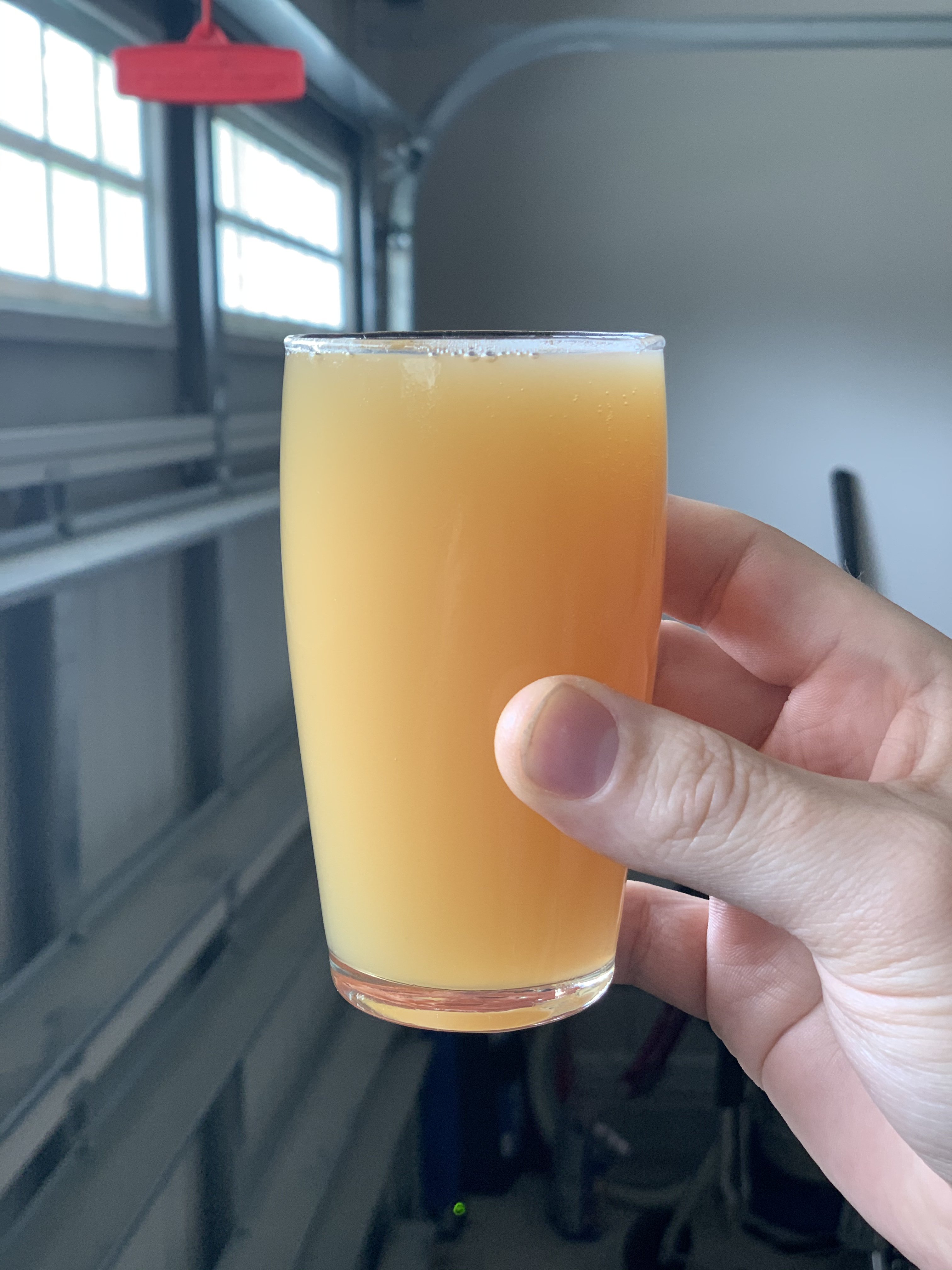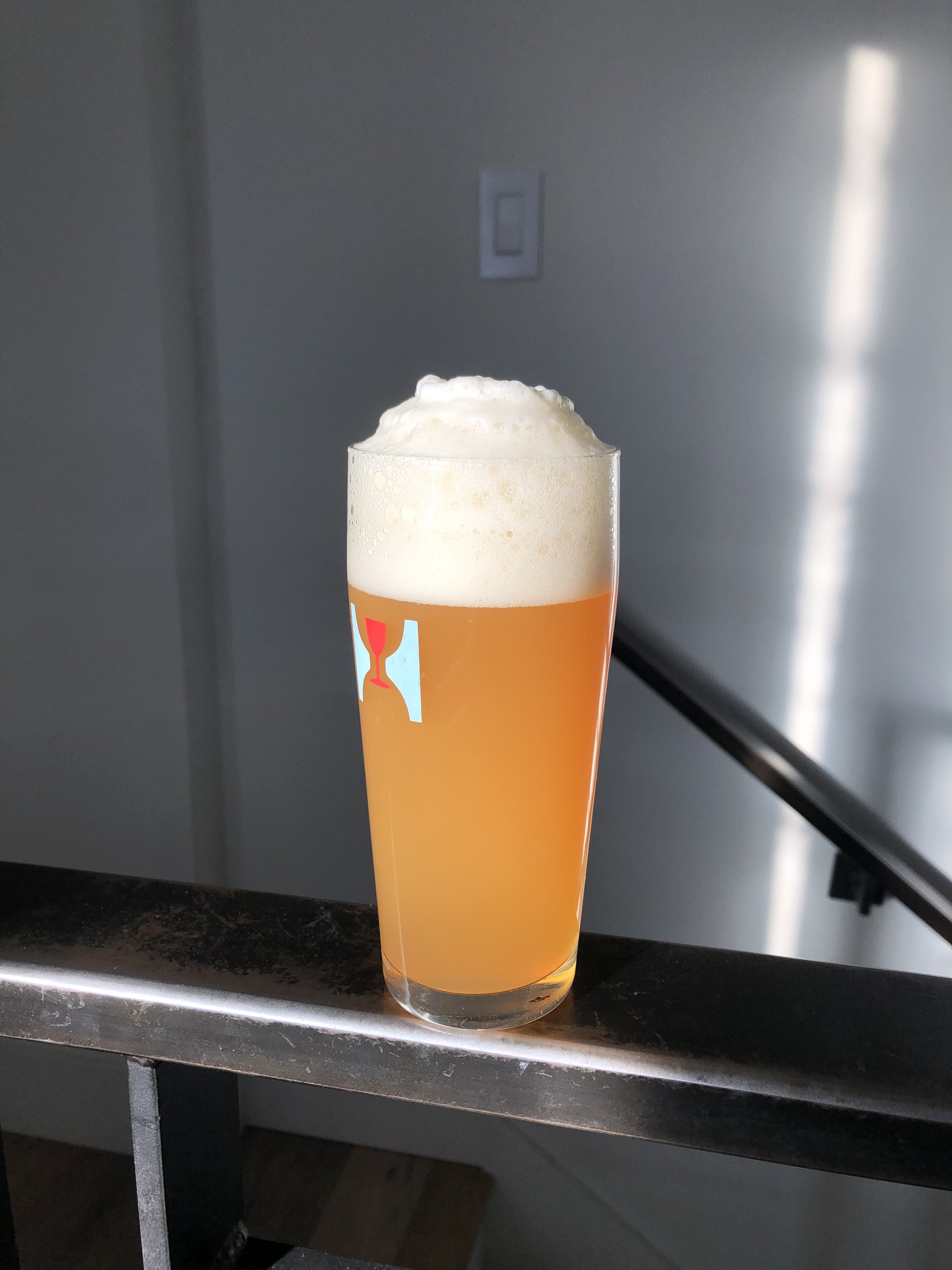Dgallo
Instagram: bantam_brews
Absolutely you need to up ibus. I targeted 80 in my last triple and it drank like 30-40 ibus in a single.Thinking ahead to a future brew and would like advice on hop combinations. Was at a beer festival 2 weeks ago and had some incredible Trillium and Other Half Triple IPAs and also a collaboration between the two and honestly its one of the smoothest beers I've ever tasted and zero alcohol for an 11% beer. So this has inspired me to brew a TIPA.
I brew on a Grainfather so that's going to be a challenge volume wise so will have to do a reiterated mash. Anyway, onto the hops. Trying to get a handle on combinations and amounts. Listening to that Hop Butcher podcast that was posted a while ago brought up something seriously interesting about basing hop volume on the hops total oil composition so I started looking at hop oil on hopslist.com and starts making sense.
Firstly I'm thinking of going for Mosaic, Simcoe and El Dorado. Has anyone used this combination before? Is it a good choice? Trying to use some different hops this time for a change, also have half a pound of Medusa and half pound of Ekuanot that I would like to use sometime so open to substitutes.
Back to my 3 choices going off the oil composition
Mosaic = 1-1.5ml/ 100g
Simcoe = 2-2.5ml/ 100g
El Dorado = 2.5 - 3.3ml/ 100g
So to get a nice balance I'm thinking a 3:2:1 Mosaic: Simcoe: El Dorado. As El Dorado has the highest oil composition I'm thinking this should be the lowest amount and Mosaic has the lowest oils so should use the most. Am I over thinking this and totally missing the point made in that podcaast? Still not comfortable creating my own recipes and when I do the hops are usually very unbalanced. Almost always go 1:1 and doesnt always work.
Never brewed a TIPA before so should I shoot for a higher IBU in this style? usually aim for 40-45 IBU in Beersmith when the ABV is around 6-8%. Sorry for the really long post by the way.
Something that might help you is, I degassed the Dream Lab collaboration between OH and EQ and it finished 1.020 which was a non lactose triple from them at 10.5%. I targeted that fg by using some dextrose and hit 1.018. Seemed to work well









![Craft A Brew - Safale S-04 Dry Yeast - Fermentis - English Ale Dry Yeast - For English and American Ales and Hard Apple Ciders - Ingredients for Home Brewing - Beer Making Supplies - [1 Pack]](https://m.media-amazon.com/images/I/41fVGNh6JfL._SL500_.jpg)

















































